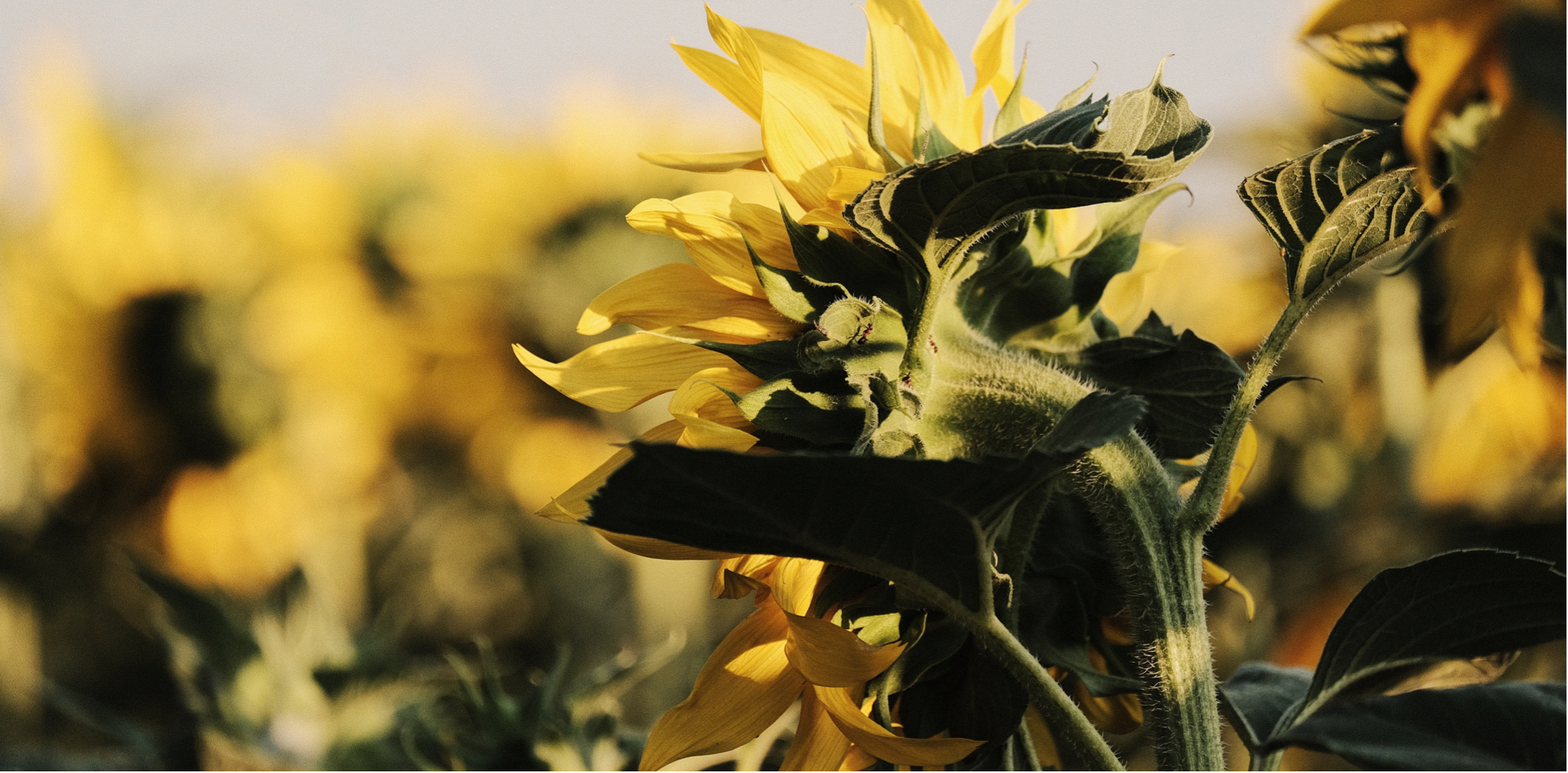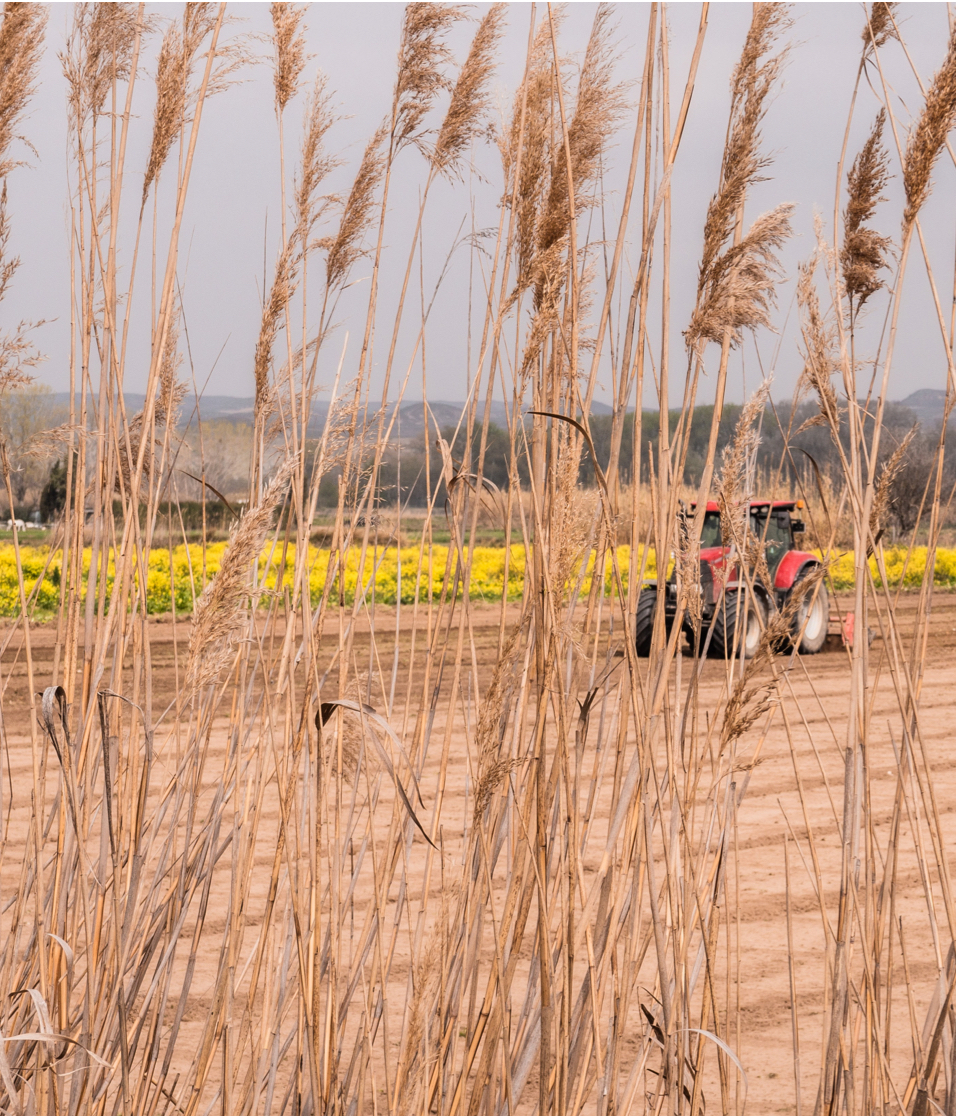What issue can we solve for you?
Type in your prompt above or try one of these suggestions
Suggested Prompt



Energy & Commodities
Embracing the Future of Sustainable Agriculture
Embracing the Future of Sustainable Agriculture
How we arm agribusinesses with the tools and information to build successful sustainability programs, even in a challenging landscape.
The Demands of Today's World
As the world’s population continues to rise, farmers have been tasked with feeding 10 billion people by 2055. This means producing 70 percent more food than is grown today — with fewer farmers, higher production costs and depleted natural resources. The path forward requires the entire industry to embrace sustainability in a new way.
The size of the challenge:

“Progressing sustainability is a moral obligation.”
Stevie Morris , Vice President of Marketing Strategy at Publicis Sapient
“Progressing sustainability is a moral obligation,” says Stevie Morris, Vice President of Marketing Strategy at Publicis Sapient, “but we have to ask ourselves, ‘when we live in a world with so much abundance, how do we make those who consume, care?’ That's really the key to moving sustainable agriculture forward.”
The Rise of Sustainable Agriculture
During the last century, agriculture became more mechanized, while new technologies and crop protection tools allowed for substantially increased yields. However, nowadays topsoil depletion, groundwater contamination and increased production costs mean growers are turning their focus towards soil health and sustainable production systems.
Other challenges around pricing and profitability are surfacing too. Not only is there a widening disparity among farmer incomes and continued concentration of agribusiness into fewer and fewer hands, but farmers also battle limited market competition and the inability to control prices.
Today’s farmers receive a smaller portion of the consumer dollars spent on agricultural products, which cuts into their profitability and negatively impacts their ability to do more with less.
“We really have to stop and think about what happens if we continue down this path,” Morris says. “If we don't change, we could run out of healthy soil, clean water or viable land. We could run out of growers themselves, and ultimately, out of food.”
Fortunately, sustainable agriculture provides a solution.
In the USDA’s definition of sustainable agriculture, this “integrated system of plant and animal production practices” leads to long-term goals.
In the USDA’s definition of sustainable agriculture, this “integrated system of plant and animal production practices” leads to long-term goals. These goals range from satisfying human food and fiber needs and enhancing the environmental quality and natural resource base upon which the agricultural economy depends, to sustaining the economic viability of farm operations and enhancing the quality of life for farmers and society as a whole.
It’s clear from this definition that sustainable agriculture requires everyone to work together. The path forward needs the entire value chain to collaborate and adopt new practices and business plans.
Building a Sustainability Program
The most difficult part is getting started. It helps to take a systems approach, which means a business must examine the interactions between members of the value chain to identify vulnerabilities and potential resilience strategies. Nothing can be accomplished in isolation or without impacting someone else.
“When we think of instituting sustainable practices within the context of a global food system, we really need to take a systems approach and look at all interactions to identify areas of opportunity that can be operationalized at scale,” Morris says.
This approach also ensures the food system is sustainable in three ways: economically (it is profitable throughout), socially (has broad-based benefits for society) and environmentally (has a positive or neutral impact on the natural environment).
The Six Key Ingredients
Companies that want to develop successful sustainability programs need to deploy these key ingredients:

The program delivery process then includes three phases.


Despite a challenging agricultural landscape, many businesses have taken proactive steps. We worked with one such company – a major global agribusiness organization – that had recently committed to meeting 14 sustainability goals by 2030. These goals would increase the resilience of the global food system by impacting the farmer, the land, the community and their operations.
They approached Publicis Sapient to help with the most important aspect of the final phase: engaging the consumer and getting them to care. Through a global social media campaign, we created an opportunity for sharing and building awareness around their sustainability goals. The campaign reached more than 60 million unique users, drove more than 881,000 clicks to their company landing page and surpassed the average engagement rate by 90 percent.
“The results were extraordinary,” Morris says. “This really transparent and authentic approach to communicating what the client was trying to do – and what it meant to their employees to live in this future for themselves, their children and their grandchildren – it worked! And it was arguably one of the best campaigns they had ever done.”
For more information on this campaign and other sustainability initiatives, get in touch.
“The results were extraordinary,” Morris says. “This really transparent and authentic approach to communicating what the client was trying to do – and what it meant to their employees to live in this future for themselves, their children and their grandchildren – it worked! And it was arguably one of the best campaigns they had ever done.”
Related Reading
-
![Agri Business Promo]()
Ag Retailers Guide to E-commerce
How to create an e-commerce platform that complements existing agribusiness sales channels.
-
![EC Agri Growth]()
Why B2C E-commerce Should Shape Agribusiness
As demand moves from offline to online, how does agribusiness need to change in order to succeed?
-
![Supply chain promo]()
Redesigning Food Supply Chains
We examine the shifts in thinking that must be considered as businesses within the food supply chain look to evolve their strategies in light of the recent pandemic escalations.











